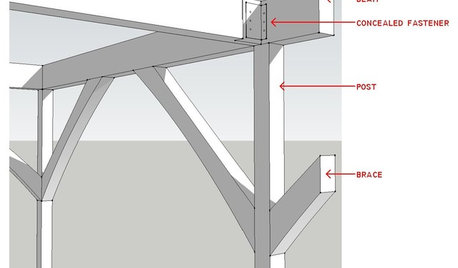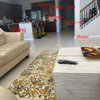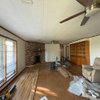Antique post-and-beam renovation: insulation questions!
Stacey Collins
10 years ago
Related Stories

REMODELING GUIDESSurvive Your Home Remodel: 11 Must-Ask Questions
Plan ahead to keep minor hassles from turning into major headaches during an extensive renovation
Full Story
LIGHTING5 Questions to Ask for the Best Room Lighting
Get your overhead, task and accent lighting right for decorative beauty, less eyestrain and a focus exactly where you want
Full Story
GREEN BUILDINGEcofriendly Cool: Insulate With Wool, Cork, Old Denim and More
Learn about the pros and cons of healthier alternatives to fiberglass and foam, and when to consider an insulation switch
Full Story
DOORS5 Questions to Ask Before Installing a Barn Door
Find out whether that barn door you love is the right solution for your space
Full Story
MOVINGHiring a Home Inspector? Ask These 10 Questions
How to make sure the pro who performs your home inspection is properly qualified and insured, so you can protect your big investment
Full Story
REMODELING GUIDESKnow Your House: Post and Beam Construction Basics
Learn about this simple, direct and elegant type of wood home construction that allows for generous personal expression
Full Story
REMODELING GUIDESCool Your House (and Costs) With the Right Insulation
Insulation offers one of the best paybacks on your investment in your house. Here are some types to discuss with your contractor
Full Story
MATERIALSInsulation Basics: What to Know About Spray Foam
Learn what exactly spray foam is, the pros and cons of using it and why you shouldn’t mess around with installation
Full Story
REMODELING GUIDESConsidering a Fixer-Upper? 15 Questions to Ask First
Learn about the hidden costs and treasures of older homes to avoid budget surprises and accidentally tossing valuable features
Full Story
FEEL-GOOD HOMEThe Question That Can Make You Love Your Home More
Change your relationship with your house for the better by focusing on the answer to something designers often ask
Full StoryMore Discussions









jmc01
Joseph Corlett, LLC
Related Professionals
Ballenger Creek Kitchen & Bathroom Designers · Boca Raton Kitchen & Bathroom Remodelers · Crestview Interior Designers & Decorators · Little Egg Harbor Twp Interior Designers & Decorators · Shorewood Interior Designers & Decorators · Washington Interior Designers & Decorators · Anchorage General Contractors · Anderson General Contractors · Coatesville General Contractors · Hampton General Contractors · Irving General Contractors · Meadville General Contractors · Randolph General Contractors · Rossmoor General Contractors · San Elizario General ContractorsStacey CollinsOriginal Author
renovator8
Stacey CollinsOriginal Author
insteng
worthy